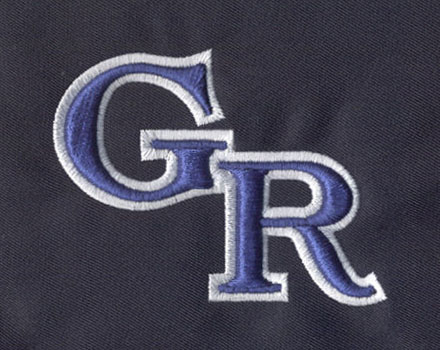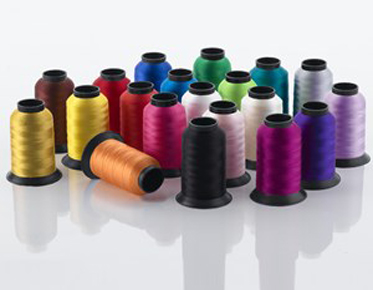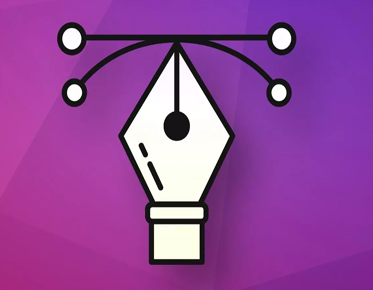What Stitch Density for 3D Puff Embroidery: A Comprehensive Guide
3D puff embroidery is an eye-catching
technique that gives an elevated appearance to designs, making them literally
stand out. This article will discuss the stitch density for 3D puff embroidery, a crucial aspect
that determines the final output's quality and appearance.
I. Introduction to 3D Puff Embroidery
3D puff embroidery involves placing foam under
the top layer of fabric to create a raised effect. It's often used on caps,
bags, and apparel to make logos and designs more prominent. This technique
requires specialized embroidery digitizing
and machine settings.
II. Understanding Stitch Density
1. What is Stitch Density?
Stitch density refers to the number of
stitches in a particular area. It's usually measured in stitches per inch
(SPI). In 3D puff embroidery, stitch density is crucial as it affects the design’s
sturdiness and appearance.
2. The Importance of Stitch Density in 3D Puff Embroidery
High stitch density can effectively secure the foam, ensuring a prominent 3D effect. However, excessively high density may cause thread breaks or needle deflection. Conversely, too low stitch density might not adequately cover the foam, resulting in an unprofessional finish.
III. Recommended Stitch Density for 3D Puff Embroidery
For most 3D puff embroidery designs, a stitch density ranging from 0.45 to 0.6
mm is recommended. However, this can vary depending on the foam thickness and
the fabric being used. It’s vital to conduct test runs to find the optimal settings
for specific materials.
IV. Essential Tips for 3D Puff Embroidery
1. Choose the Right Foam
Using foam that matches or complements the
thread color is essential. Typically, 2mm-3mm foam thickness is used, but
thicker foam might be necessary for larger designs.
2. Satin Stitches are Key
Satin stitches work best for 3D puff
embroidery as they smoothly cover the foam and provide an even texture. Longer
stitches are preferable, usually ranging from 10mm to 13mm.
3. Reduce Pull Compensation
A lower pull compensation ensures that the
stitches remain tight over the foam, improving the definition and sharpness of
the design.
V. Embroidery Digitizing Service
To achieve professional results in 3D puff embroidery, it's essential to have a well-digitized design. Embroidery digitizing services convert your artwork into a format that embroidery machines can read. These services optimize the design for stitch density, type, and other factors, ensuring a high-quality finish.
Understanding and optimizing stitch density is
paramount for achieving impressive 3D puff embroidery. Along with the right
foam and stitches, employing a professional embroidery digitizing service can make the difference between an amateur
and a standout product.
Frequently Asked Questions
1. Can I use 3D puff embroidery on any fabric?
3D puff embroidery is best suited for sturdy
fabrics like denim, canvas, and hat materials. Using it on thin or delicate
fabrics may cause them to pucker or tear.
2. How do I choose the right foam for my 3D
puff embroidery project?
Choose foam that is slightly thicker than the
height you wish to achieve. Additionally, the foam color should either match or
complement the thread color.
3. What role does an embroidery digitization
service play in 3D puff embroidery?
Embroidery digitization services convert your
design into a file format compatible with embroidery machines. They optimize
stitch types, density, and other settings to ensure that the design is executed
flawlessly with the 3D puff technique.



